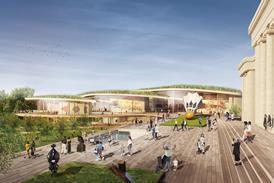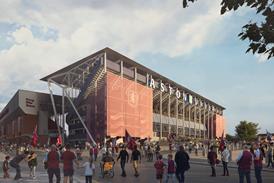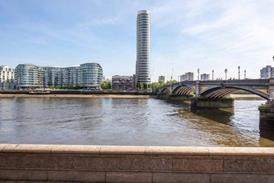- Home
- Intelligence for Architects
- Subscribe
- Jobs
- Events

2025 events calendar Explore now 
Keep up to date
Find out more
- Programmes
- CPD
- More from navigation items
GPAD gets go-ahead for 13-flat infill scheme in Wembley

The development includes a 12% BNG as part of its approach to mitigating the loss of green space
Brent Council has approved plans for a 13-unit residential scheme on a former grass verge in Wembley. The development, designed by GPAD with landscape input from Match, forms part of a wider urban infill approach within an area originally developed by Barratt Homes in the 1990s.
…
This content is available to registered users | Already registered?Login here
You are not currently logged in.
To continue reading this story, sign up for free guest access
Existing Subscriber? LOGIN
REGISTER for free access on selected stories and sign up for email alerts. You get:
- Up to the minute architecture news from around the UK
- Breaking, daily and weekly e-newsletters
Subscribe to Building Design and you will benefit from:

- Unlimited news
- Reviews of the latest buildings from all corners of the world
- Technical studies
- Full access to all our online archives
- PLUS you will receive a digital copy of WA100 worth over £45
Subscribe now for unlimited access.






